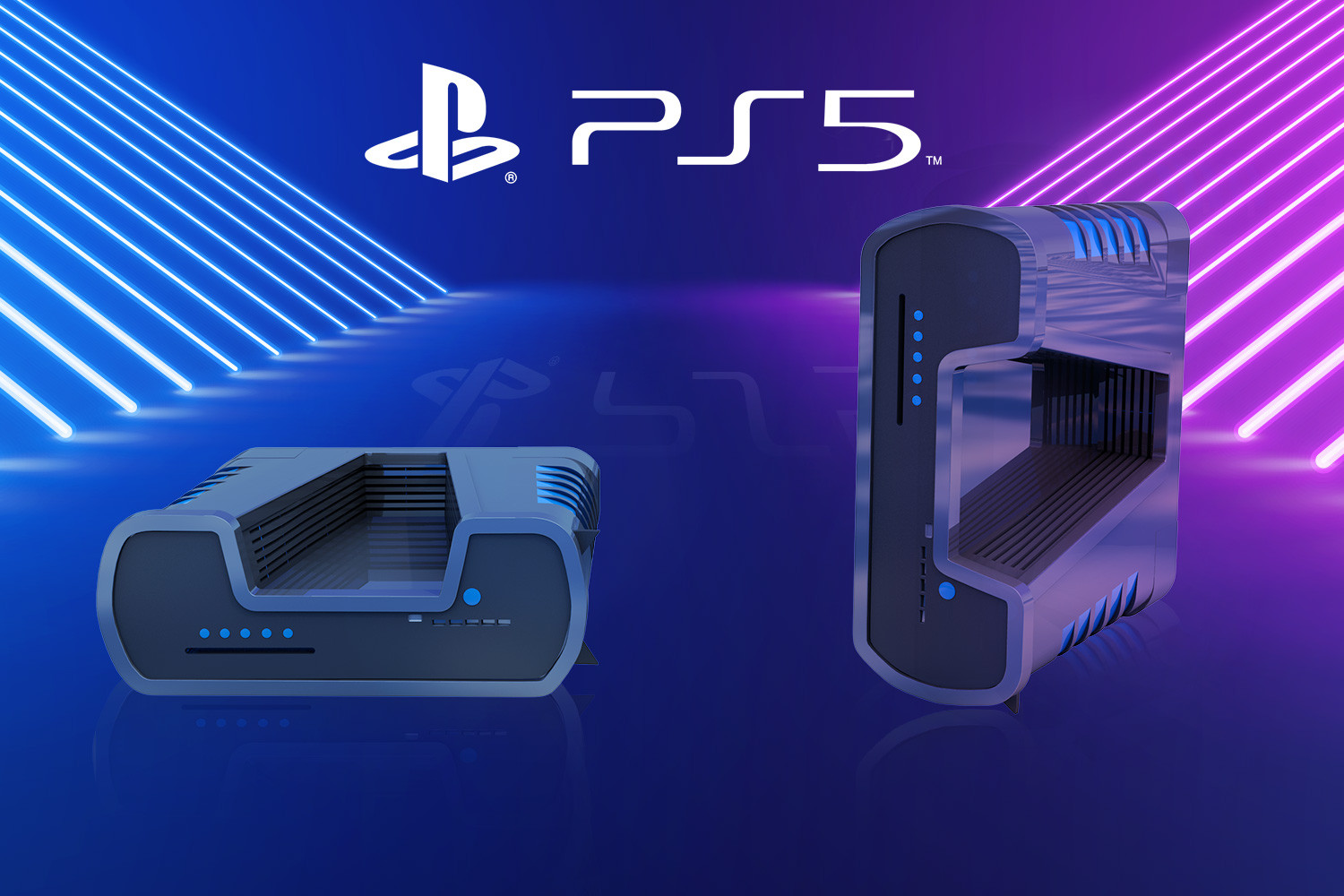A History of PlayStation Backwards Compatibility
Part 1 - Near Universal Backwards Compatibility with the PlayStation 2
The PlayStation brand was known for backwards compatibility in its early years. When Sony launched the PlayStation 2 (PS2) in 2000, it included hardware from the original PlayStation, delivering near-universal compatibility with the 100 million+ PS1 games released. This was a huge benefit for PS2 owners, who could play their existing game libraries on the new hardware.
Extending the Lifespan of PS1 Games with PS2 Hardware Compatibility
The PS2 included the CPU and graphics processing unit (GPU) from the original PlayStation, allowing PS1 discs to run directly on the new console without any emulation. Software developers also had an easier time porting PS1 titles to the new system. This broad backwards compatibility extended the commercial lifespan of countless PlayStation games and helped make the transition between the two generations as seamless as possible for gamers. It established Sony’s stance on supporting legacy libraries early on.
Part 2 - Gradually Removing PS2 Hardware from PlayStation 3
As the PlayStation brand transitioned to the PlayStation 3 (PS3) in 2006, Sony initially took a similar approach and included full hardware emulation for the PS2. However, the PS3’s complex Cell microprocessor architecture made including the older PS2 hardware more difficult and costly.
Early PS3 Models Included Dedicated PS2 Chip for Full Backwards Compatibility
The earliest PS3 models (60GB and 20GB) contained an Emotion Engine chip from the PS2, allowing them to play PS2 games with no emulation overhead. This maintained the continuity of backwards compatibility that PS2 owners enjoyed. However, the dedicated chips increased manufacturing costs.
Later PS3 Slim Models Removed PS2 Hardware for Cost Savings
In later revisions, Sony removed the PS2 hardware to reduce costs. While some games continued working through hardware-accelerated emulation, full backwards compatibility was lost. This disappointed some gamers and highlighted the financial considerations behind legacy support on new hardware generations.
Part 3 - Sony’s Software Emulation Efforts on PS3 and Limitations
As Sony phased out PS2 hardware from the PS3, software emulation became crucial to maintaining some degree of backwards compatibility. However, emulation posed significant challenges.
Software Emulation of PS2 Games Had Mixed Success on PS3
Sony developed software emulators for the PS3’s Cell microprocessor to simulate the PS2’s CPU and GPU. This allowed many PS2 classics to be played, but full compatibility was not achieved. Certain games encountered glitches or failed to load due to the technical difficulties of emulating foreign architectures.
Emulation Did Not Work for All PS2 Discs on PS3
While greatest hits and digital PS2 games were often compatible, some original PS2 discs could not be played due to errors reproducing proprietary encryption or disc read mechanisms. Emulation was an imperfect stopgap solution versus hardware compatibility. This highlighted the technical limitations Sony faced in preserving full backwards compatibility through software.
Part 4 - PlayStation 2 Classics on the PlayStation Store
To continue offering access to the PS2 catalog, Sony supported downloadable PS2 games on the PlayStation Store for PS3 and future consoles. However, this still relied on the challenges of software emulation.
PS2 Games Were Made Available as Paid Downloads
Selected PS2 hits were re-released digitally through the PlayStation Store as “PS2 Classics”. This allowed gamers to purchase and download titles, avoiding issues with original discs. It was a convenient alternative for those without physical PS2 hardware or discs.
Emulation Was Still Required for PS2 Classics Downloads
Behind the scenes, PS2 Classics titles utilized Sony’s software emulators to simulate PS2 operation on different architectures like the PS3’s Cell. This raised issues of compatibility and performance that disk-based games did not have. Emulation quality varied per title and console generation.
Part 5: PlayStation 4 Backwards Compatibility and Challenges
The launch of the PlayStation 4 in 2013 continued Sony’s trend of dropping hardware backwards compatibility. Software emulation efforts faced even greater hurdles this new generation.
PS4 Was Incompatible with PS3, PS2, and PS1 Out of the Box
At release, the PS4 was unable to play any games from previous PlayStation platforms without external hardware. This broke Sony’s legacy of multi-generational backwards compatibility that existed on the PS1 and PS2. It highlighted the technical challenges between x86 PS4 and non-x86 predecessors.
Limited Selection of Emulated PS2 Classics Arrived for PS4
Over time, a small curated selection of PS2 games became available for purchase and download on the PS4 store via emulation. However, the full PS2 experience was impossible to recreate through software alone. Backwards compatibility had reached a low point for the brand.
Part 6: Outlook - Hints of PS4 Backwards Compatibility for PlayStation 5
As Sony’s newest console approaches, there are indications they may take a different approach to backwards compatibility this generation after past limitations.
Sony Has Suggested PS4 Game Compatibility is a Priority for PS5
In interviews, system architect Mark Cerny emphasized that the PS5 was being designed with backwards compatibility in mind, especially for the massive PS4 userbase. The PS5’s powerful PC-like architecture may finally enable software emulation of recent platforms efficiently.
Success of Xbox One Backwards Compatibility May Have Influenced Sony
Microsoft’s commitment to backwards compatibility spanning 4 console generations sets a high bar. To remain competitive, robust legacy support for PS4 games and potentially older platforms could be crucial for the PS5’s value proposition. However, Sony has remained mum on specific details so far. In conclusion, Sony’s approach to backwards compatibility was shaped by hardware limitations and cost-benefit analyses at each generation transition. Legacy support has ebbed and flowed, but newly competitive pressures may see them double down on emulation for the first time. The PlayStation 5 represents an opportunity to take their backwards compatibility game to the next level.
